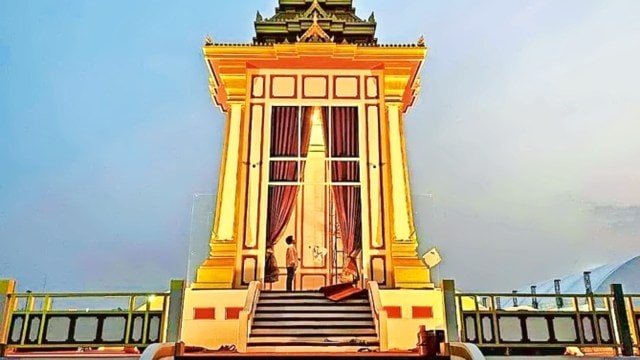Free Courses Sale ends Soon, Get It Now


Free Courses Sale ends Soon, Get It Now



Disclaimer: Copyright infringement not intended.
Context
Details
Significance of the Relics
Pagoda Construction in Bangkok
Origin of the Relics
About Kapilvastu
Geographical Details:

Historical Background:
Key Sites in Kapilvastu:
|
PRACTICE QUESTION Q. Kapilvastu stands as a testament to the rich history and cultural heritage of the Shakya kingdom and the early life of Siddhartha Gautama. Discuss. (250 words) |
© 2024 iasgyan. All right reserved